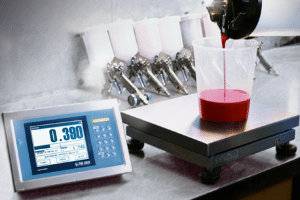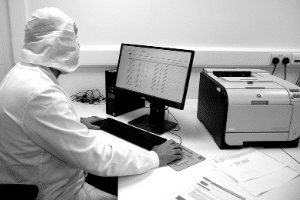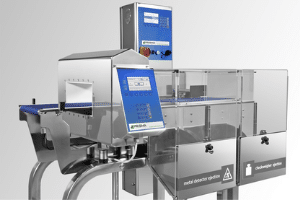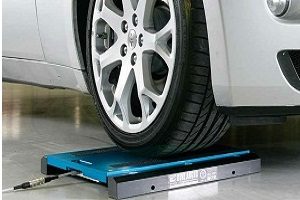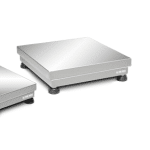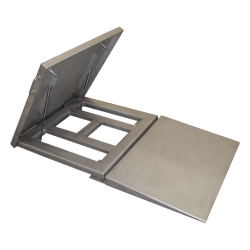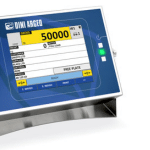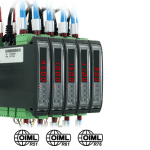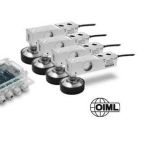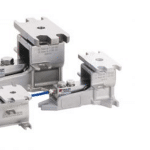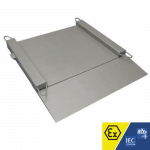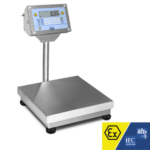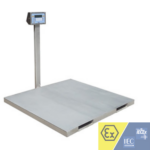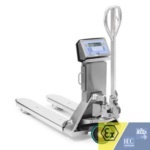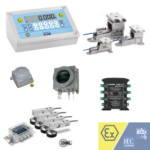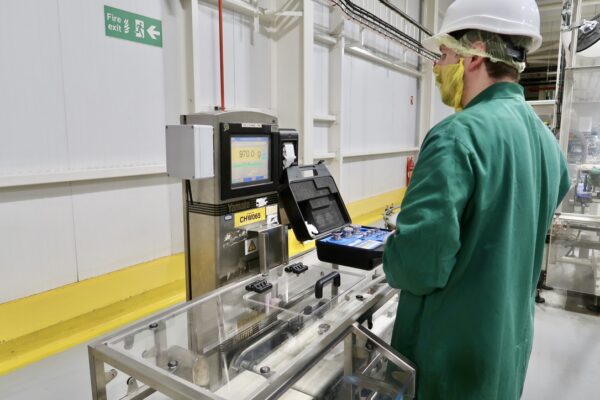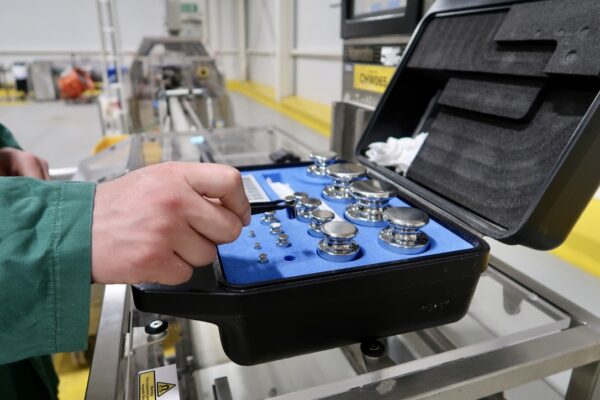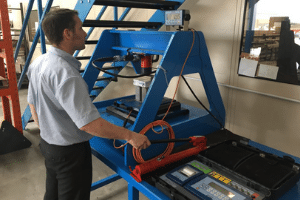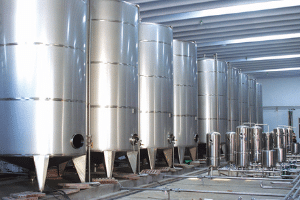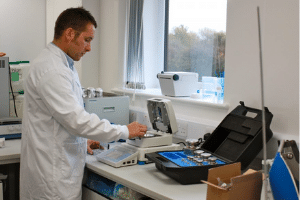How to Calibrate Your Scale
If you are a business owner who relies on accurate weight measurements to make important decisions, then you know the importance of having a calibrated scale.
In this blog post, we will discuss how to calibrate your scale and ensure that its readings are as accurate as possible. Weighing scales can be temperamental, so it is important to take the time to calibrate and test them properly.
Follow these simple steps, and your weighing scales will be giving you accurate measurements in no time!
Why Calibrate Your Scale?
Calibrating your scale is important for many reasons. For businesses, accurate weight measurements are crucial for making decisions about inventory and pricing.
If your scale is not calibrated, you run the risk of making inaccurate decisions that could cost you money. For example, if you sell products by the pound and your scale is off by even a few ounces, you could be losing money with every sale.
Calibrating your scale is also important for quality control. If you are manufacturing products that require precise weights, then an inaccurate scale can lead to problems further down the line. Inaccurate measurements can cause defects in your product, and ultimately, unhappy customers.
How to Calibrate Your Scale
There are a few different ways to calibrate your scale. The most important thing is to make sure that you are using a method that is appropriate for your type of scale.
Weighing scales can be sensitive, so it is important to follow the manufacturer’s instructions when calibrating your scale.
1. Set Up the Weighing Station
Before you start calibrating your scale, you need to set up a level surface to weigh your objects on. This will ensure that the scale has a stable base to work from.
Place the scale on a table or countertop and make sure that it is not wobbling. The temperature of the room can also affect your scale’s readings, so try to calibrate your scale in a cool, dry place.
If you are calibrating a digital scale, make sure that it is turned on and that the batteries are working. Check your scale’s instructions to see if there are any other specific setup requirements for your type of scale.
Now that your weighing station is set up and ready to go, you can start calibrating your scale!
2. Turn the Scale On
Press the On/Off button to turn on your scale.
Some digital scales will have a tare function. This function allows you to weigh objects without the weight of the container being included in the measurement.
If your scale has a tare function, press it now to reset the display to 0.0 before you start weighing your objects.
3. Weigh an Object
Place the object that you want to weigh on the centre of the scale’s platform.
Wait for the display to stabilise and then note down the weight that is shown. Repeat this process a few times to get an accurate measurement.
If you are calibrating a digital scale, you may need to press a button on the display to start the weighing process. Check your scale’s instructions for more information.
4. Run a Calibration Cycle
At this point, you can use weights to calibrate a scale. You can purchase calibration weights from MWS. Simply place the weight on the centre of the scale platform and wait for the reading to stabilise. Once it does, you should see the weight displayed accurately on the screen. If not, you will need to adjust the calibration settings on your scale until it is displaying the correct weight.
Another way to calibrate your scale is to use a known object. This method is best for scales that are not extremely sensitive. Find an object that you know the weight of, such as a book or a can of soup. Place the object on the centre of the scale platform and wait for the reading to stabilise. Once it does, you should see the weight displayed accurately on the screen. If not, you will need to adjust the calibration settings on your scale until it is displaying the correct weight.
5. Check Accuracy
Once you have calibrated your scale, it is important to check its accuracy regularly. Weighing scales can drift over time, so it is a good idea to check the calibration at least once a month. By taking the time to calibrate your scale, you can ensure that it is always giving you accurate readings.
By following these tips, you can make sure that your scale is always giving you accurate readings. By taking the time to calibrate your scale, you can avoid problems further down the line and extend the life of your scales.
MWS provides scale calibration service. If you have any questions, or need help with calibrating your scale, please feel free to contact us.
